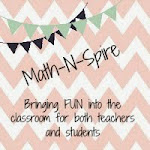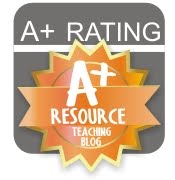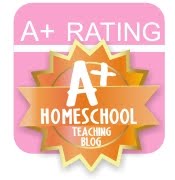Project Description: Career Project - "When I Grow Up" (grades 5 - 7)
*Students will reflect and investigate the career path they are interested in and find what it takes to get there and make a sample monthly budget off their proposed monthly income and present their findings to the class. (PDF of project is available at the end of blog)
Time: 3-4 weeks
Purpose: To allow students to investigate what they want to be when they grow up and see that math is involved in every career path they choose at some level. Students will also get a better understanding as to "where the money goes" each month and hopefully have a better appreciation for what their parent's do.
I really enjoy doing this project each year with my 6th graders. Especially when I had the same class for three years in a row. We did a 1950's project, then this, then a compound interest project. I dare say those kids are prepared for real life!
Here's some pictures of my precious students in their presentations:
PDF of Career Project: CLICK HERE!





















